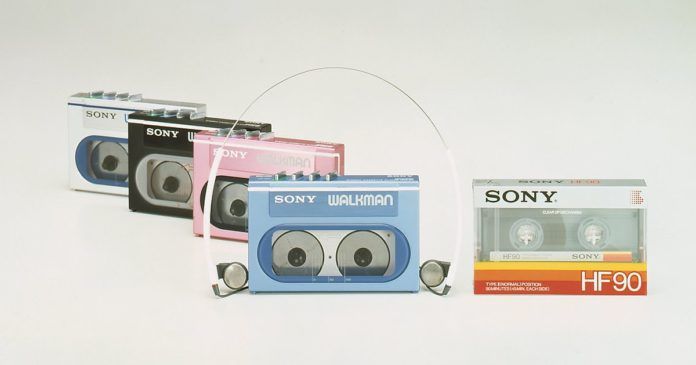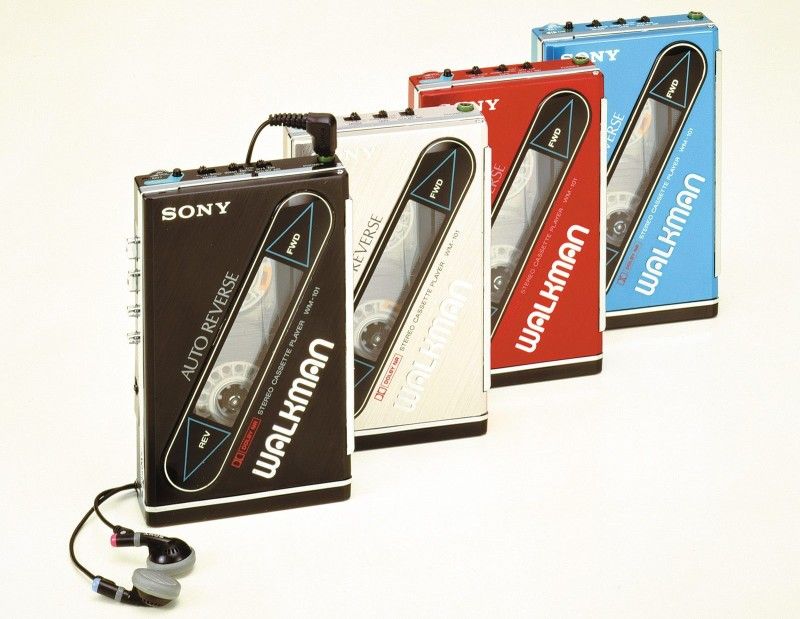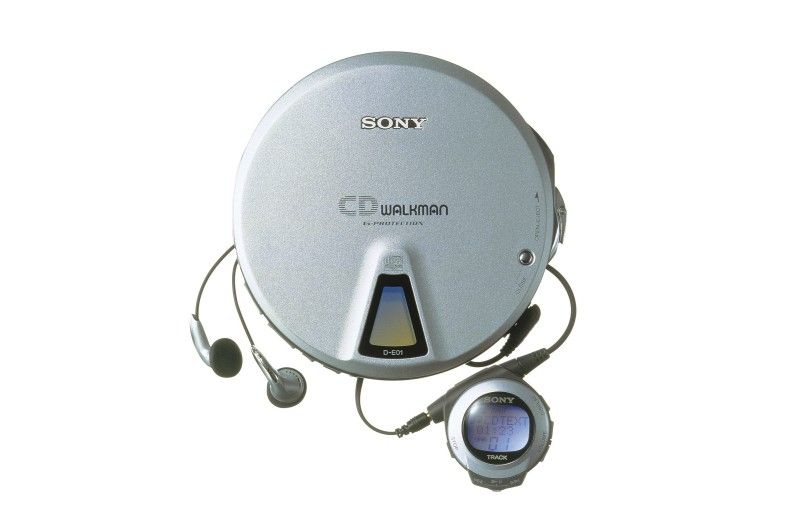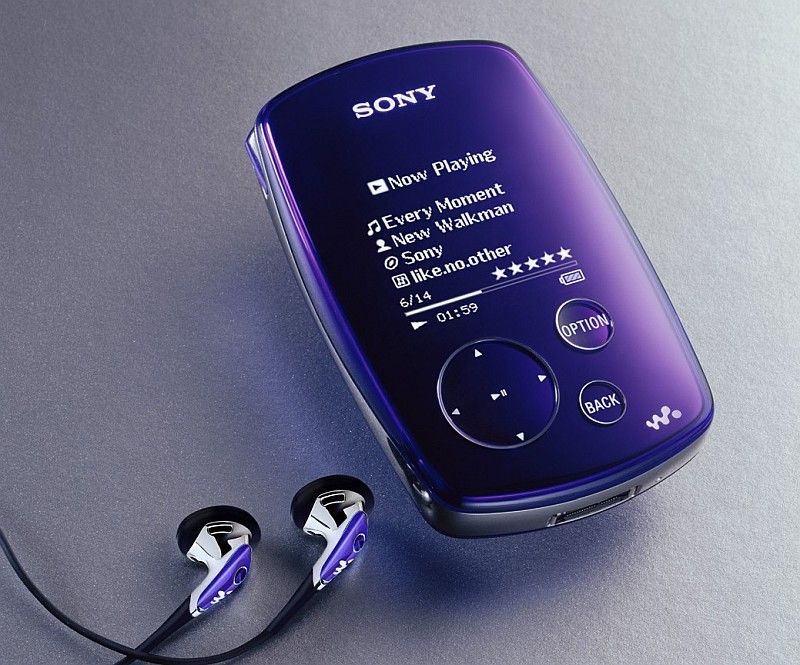
It has been 40 years since Sony unveiled its first Walkman. The portable cassette player from the Japanese company changed the way people listen to music. Today, almost everyone plugs in their earphones during the commute. However, things were quite different back in the 70s. Music was a luxury you could only enjoy at home or inside a car. Even the incredibly expensive compact cassette players were as big as sling bags. According to a legend, Sony’s co-founder Masaru Ibuka who traveled a lot asked the company’s Executive Deputy President Norio Ohga to develop a portable cassette player. Norio Ohga then turned to his best engineer Nobutoshi Kihara to build a prototype unit. The device turned out to be so good that the company decided to mass manufacture it. The result was the first Walkman, which enabled people to enjoy music on the go. It was such a cultural phenomenon that Walkman became a synonym for portable music players. Let’s go through the major milestones of a product that helped Sony dominate the tech industry in the 80s and 90s.
1979 – Walkman TPS-L2
This was the very first model of the Walkman personal stereo. The best part about this device that it was hardly bigger than the cassettes it would play the content from. It was a triumph in industrial design. It had a compact form factor, sleek aesthetics, and robust build quality. Not many people know that the first Walkman came with two headphone jacks. It also had a neat hotline feature that allowed listeners to talk to each other without taking off the headphones. Sony had anticipated to sale 5,000 units a month, but the demand was so huge that the company sold over 50,000 units in the first two months.
1981 – Walkman WM-2
The Walkman WM-2 didn’t offer many new features. It was more of a refined version of the original Walkman. Addressing some of the issues with the previous model, Sony equipped the WM-2 with anti-rolling mechanism. Opening the lid of the device during the music playback could damage the player’s magnetic head. To fix this issue, Sony modified the system to release all the keys if the cassette compartment door is opened. People born after 2000 will never be able to appreciate these technological advancements because they don’t know the struggle of winding an audio cassette.

1983 – Walkman WM-20
Where do you go after improving upon the already excellent design? Well, Sony managed to stun the technology world by introducing a cassette player roughly the size of a cassette case! It had a big and beautiful window that only looked cool but also useful for revealing the loaded cassette without having to open the compartment door. Moreover, if you have ever forwarded a cassette, you will understand the importance of seeing the spool. Its magnetic head was also easily accessible for cleaning. Yes, the tape reader had to be cleaned manually with cotton and isopropyl alcohol.

1985 – Walkman WM-101
Till 1985, Walkman devices were powered by disposable AA batteries. If you were hooked on to the music, you had to buy a lot of batteries. Sony saved its fans from the hassle and expense of buying batteries by introducing a rechargeable battery to the Walkman WM-101. This meant that you could listen to the music while going to the office and then charge it there to ensure that you don’t miss out on your favorite tracks on your way home back. As a back-up, the Walkman WM-101 also supported AA batteries. The device came with few other refinements such as Auto Reverse that was missing on the previous slim model. The model tipped the scales at 200 grams, which is comparable to modern smartphones.

1999 – Walkman D-E01
In the late 80s, Sony started building its Discman portfolio. As its name suggests, these were portable CD players. Sony decided to move its focus from the cassette tech to CDs. And by the turn of the century, the Japanese brand integrated its Discman series into Walkman line-up. The CD Walkman S-E01 came with anti-skip G-shock buffer technology. Conventional disc players read from the CD and play it right away. This meant that if the disc skipped, the player would interrupt the music playback with annoying noise. Sony’s player reads the disc in advance and saves a portion of it on to the RAM. Now, when the disc skips, the CD player fills in the gap using the buffer data stores in the device’s memory. Pretty high-tech stuff for its time.

I remember taking Sony Discman to college in 2003. Back then, I had a monochrome Nokia 6510. Soon enough though, MP3 devices began replacing the portable disc players. Sony too introduced its digital Walkman devices to stay relevant. However, by that time, even features phones began supporting music playback. And finally, with the introduction of multimedia-capable smartphones, the market for standalone portable music players faded away.

Comments
Post a Comment